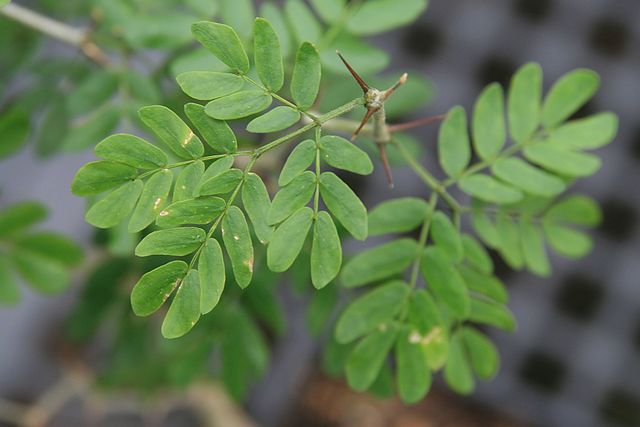FULL SUN
Full AZ Sun
pH
Neutral to alkaline
FEEDING
Neem meal, bat guano for P.Earth’s Original Organics
PLANTING
Spring and summer. April to August
Cowpeas- Vigna unguiculata are also known as black eyes peas or crowder beans depending on where you are from. It is one of the easiest crops to grow in the desert especially during summer.The vigna genus of beans are heat lovers. They are an excellent nitrogen fixer, the roots should not be removed from the soil. If gardens are lacking soil fertility or if gardeners need to take a summer break from gardening, cowpeas is the perfect cover crop. It will be fine with a little bit of water as it is quite drought tolerant, and requires little else for care. At the end of the season, they can be cut down and tilled into the top few inches of soil, or left in place and mulched on top. This will provide the perfect fertilizer for heavy feeding fall crops such as cauliflower and brussels sprouts.
Cow peas are highly nutritious and unlike other beans, they have a lower phytic acid content. Phytic acid is the compound that causes digestive discomfort when beans are not prepared correctly. In addition, the leaves are also edible, very high in protein and has no phytic acid.
Varieties
Black Holstein. A gorgeous mottled black and white bean that is really productive and produced really long pods.
Blue Goose. 3ft tall plants produce pods filled with approximately 20 peas. The peas look like little speckled rocks.
Tohono O’Odam Cowpeas. When picked small, these make lovely green beans. They are also a mottled variety, but tend to be more white than black. Available at NativeSeeds.Org.
Yori Cahui. This beautiful rust colored speckled pea is perfect for the low desert heat. A great variety for monsoon planting. Available from NativeSeeds.Org.
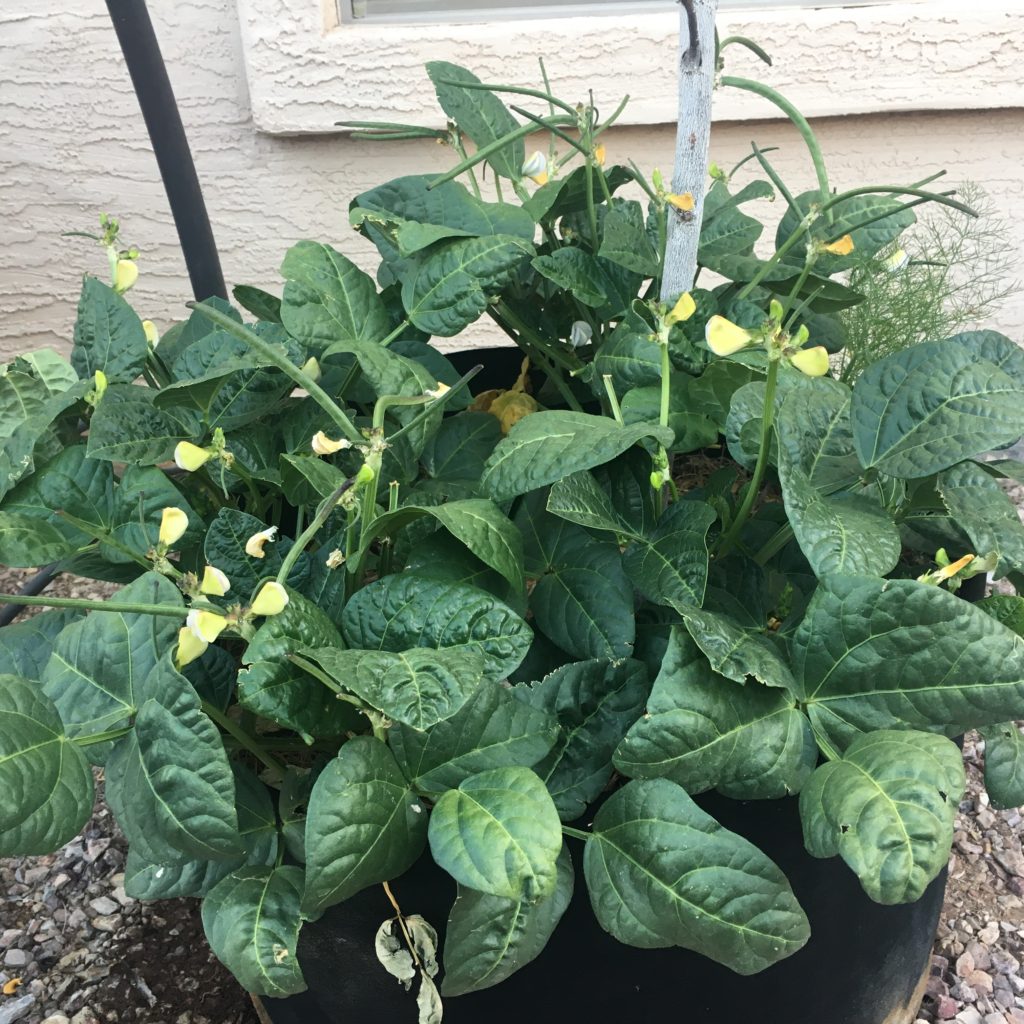
How to grow
Soak seeds overnight.
Beans produce better if inoculated with a rhizobium that can help fix nitrogen. Before planting, coat seeds in the inoculant.
Plant seeds 1 inch deep and 6 inches apart. As a cover crop, plant closer. Use Earth’s Original Organics Magic Flower for phosphorus.
If planting as a cover crop, cut down before they set pods.
Keep seeds moist until germination. They benefit from water and do require more water than tepary beans.
Possible Issues
Thrips. Neem meal seems to help. Blue sticky traps can be used as well.
Not setting pod. Air conditions could be too dry. Allow plants to keep growing until monsoon moistures descend. This should help to set pods.
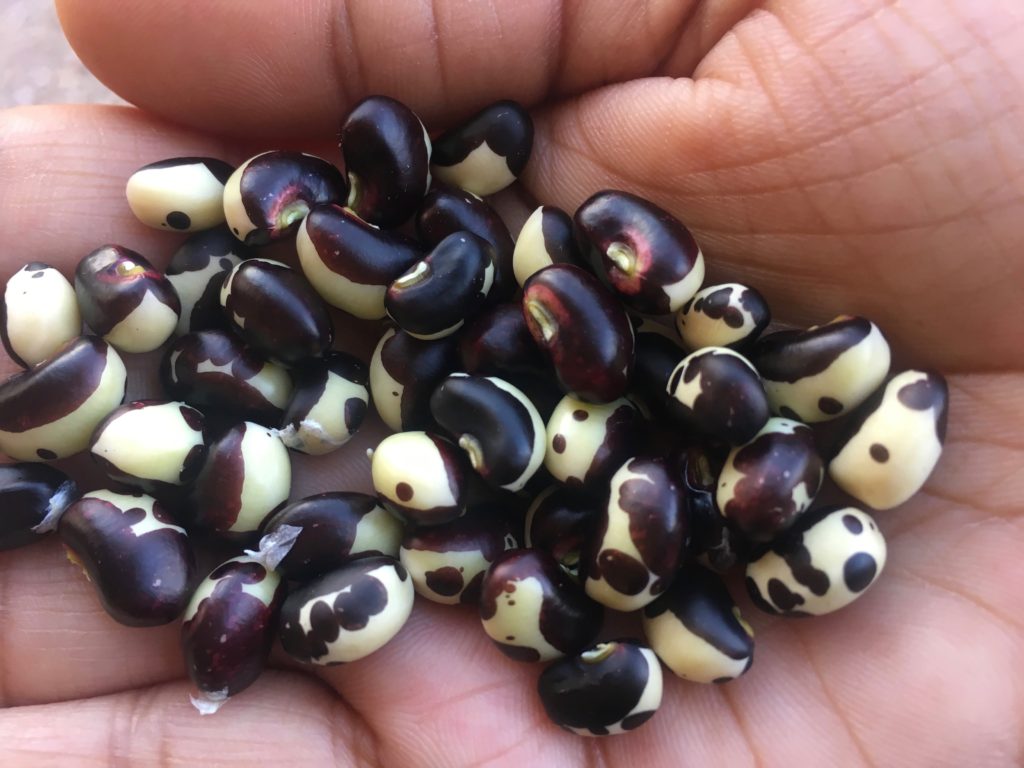
Harvesting
Harvest very young pods for eating as green beans. Once pods have filled out with peas, they can be harvested as fresh cow peas and prepared in any number of ways including braising, stews, chillies, etc.
They can also be left to dry on the plant and picked before they split open. Seeds can be removed from the dry pod, and should be dried a further 2-3 weeks to ensure complete dryness. They can then be stored as dry beans for use in various applications.
Companions
Cowpeas make good companions to corn, squashes, okras or other summer crops.
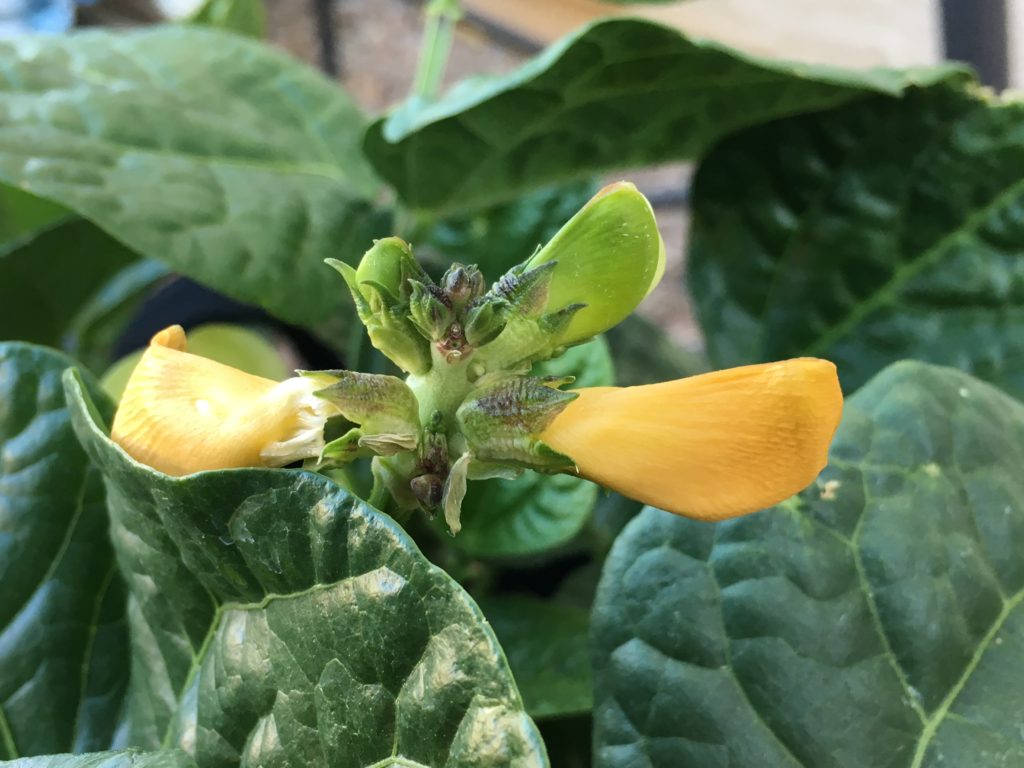
seed saving
Saving seeds are easy. Allow several pods on different plants to dry out. Collect the pods, remove the seeds and dry a further 2-3 weeks. They can then be stored for future planting.

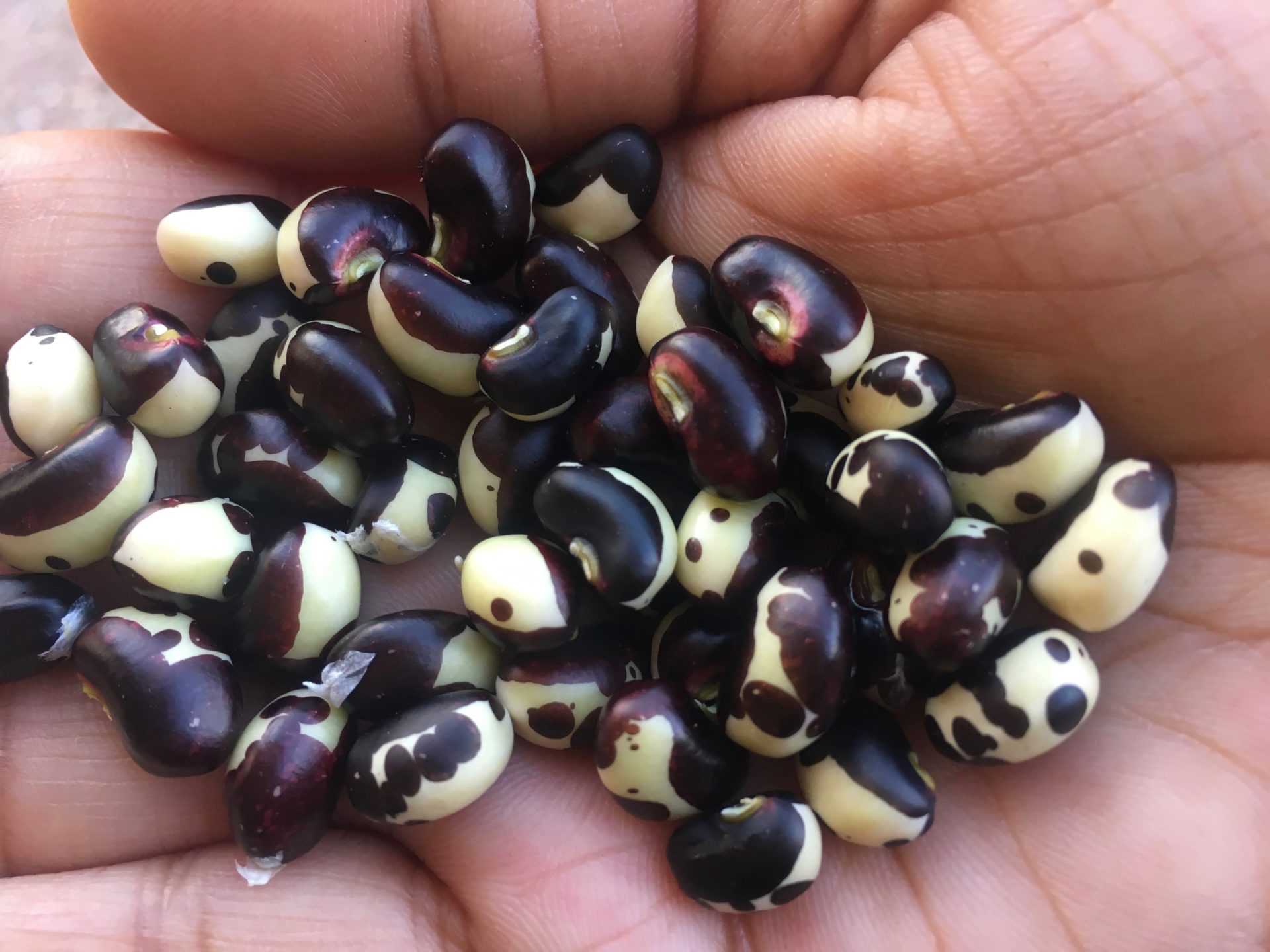
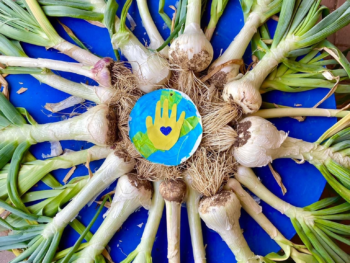
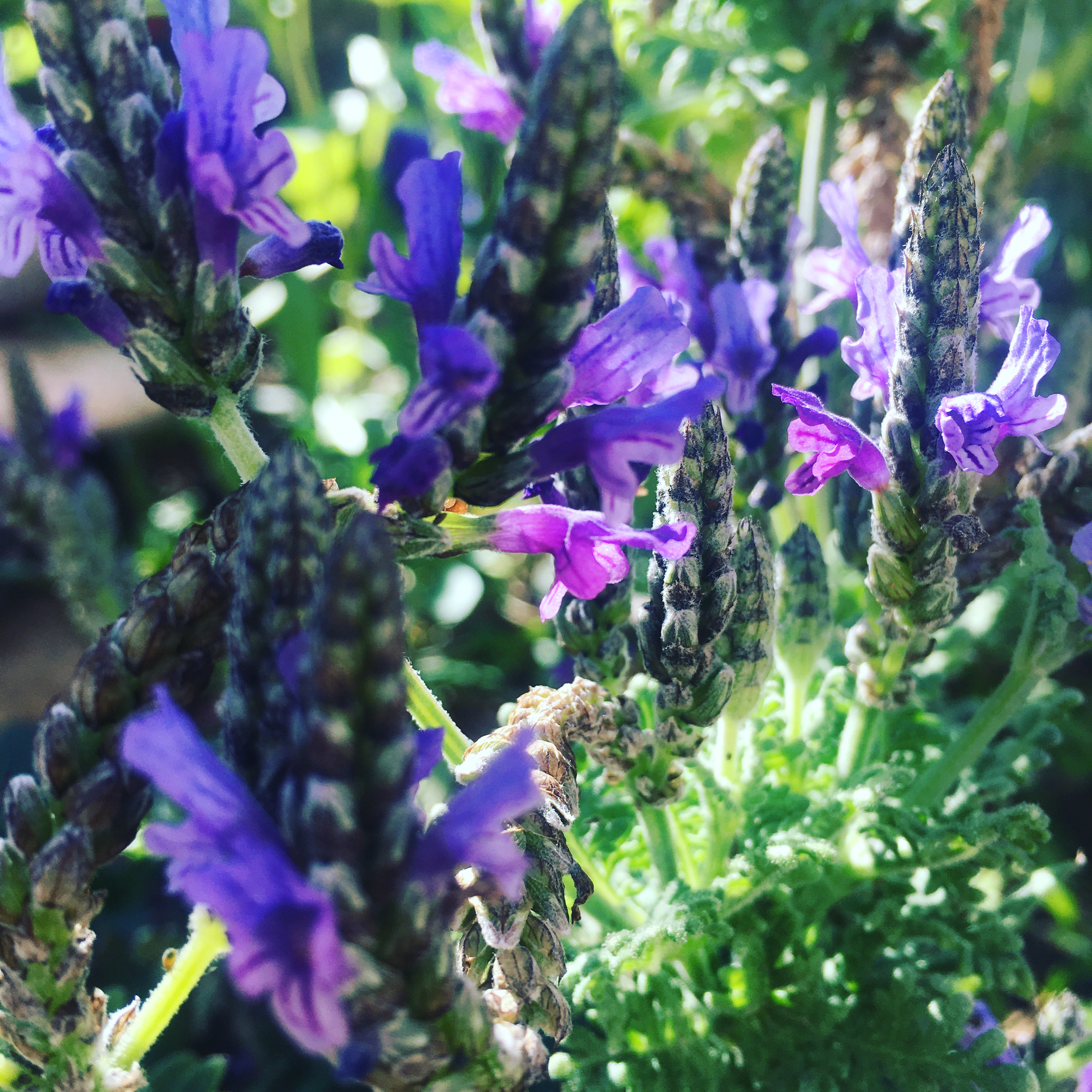
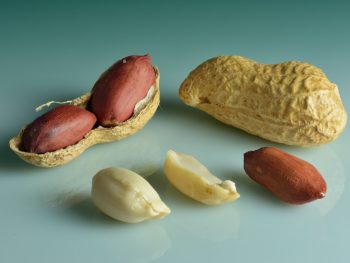
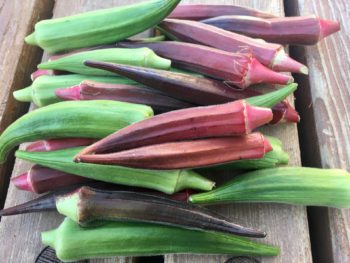
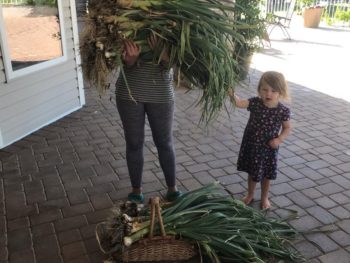
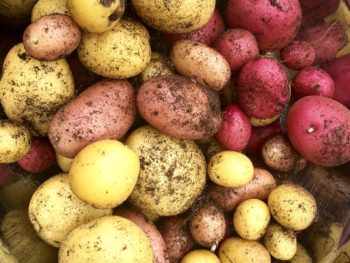
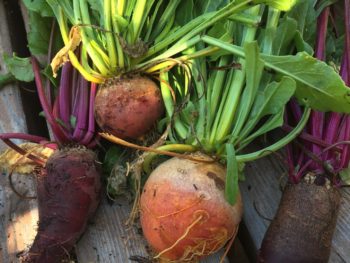
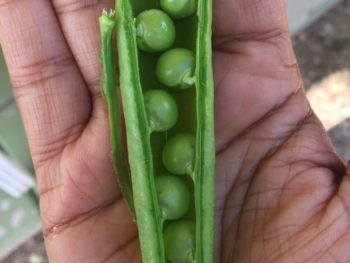
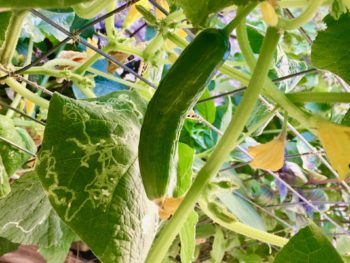
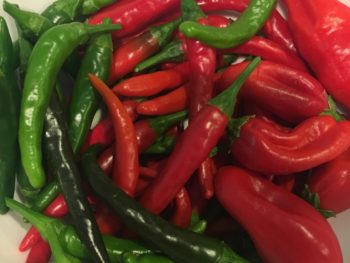
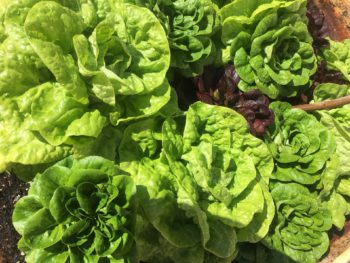
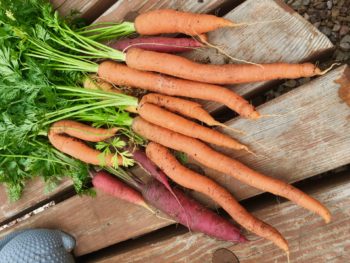
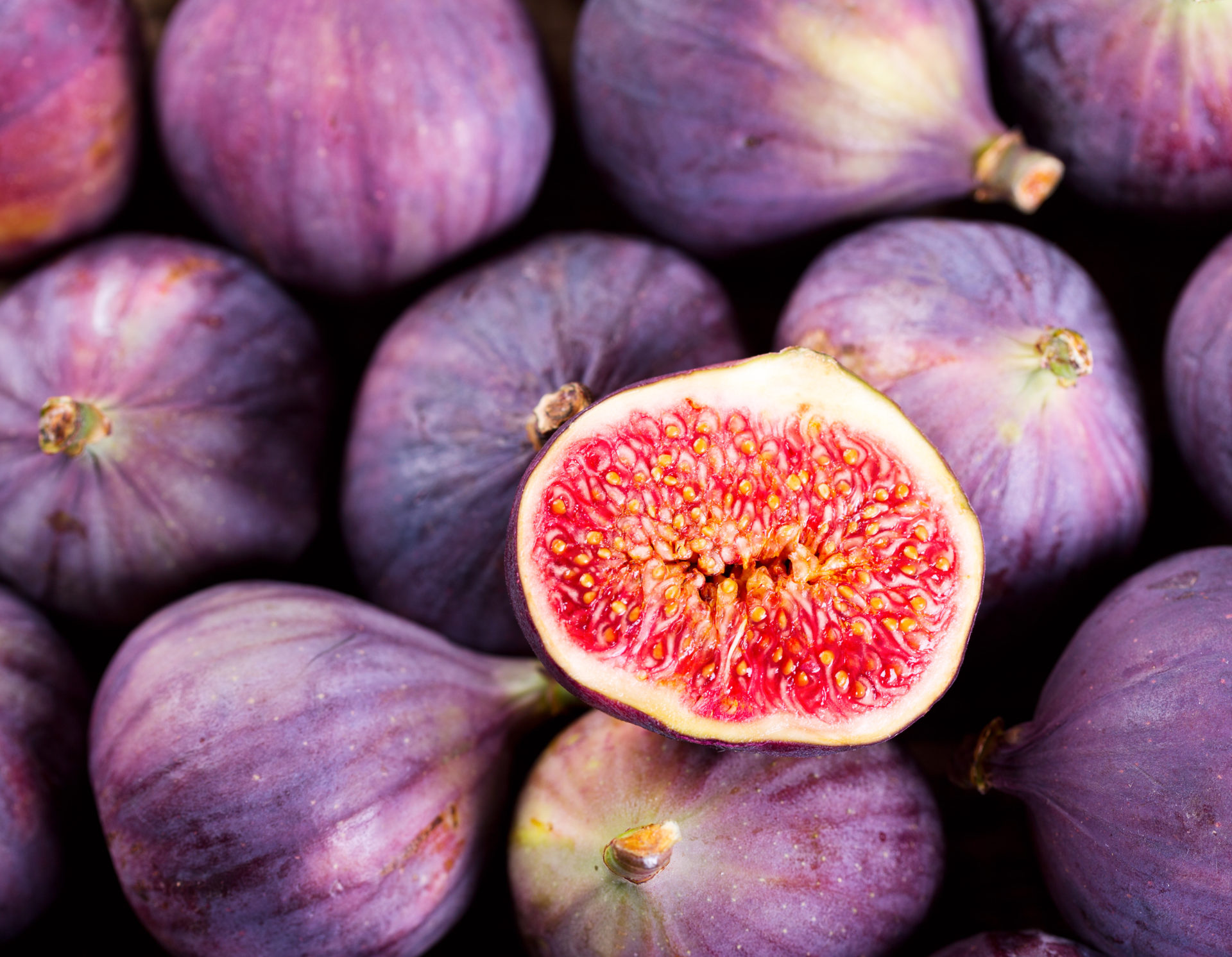 How to Grow Fig Trees in the Desert
How to Grow Fig Trees in the Desert